© Use of content without authorization is prohibited
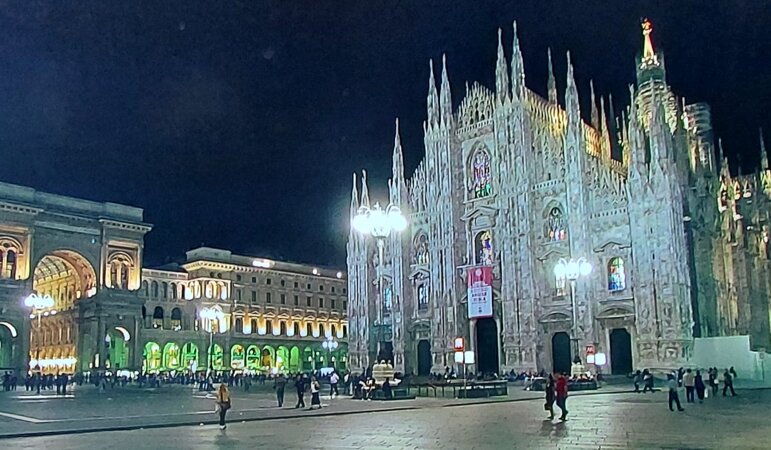
Lombardy
Bergamo Brescia Como Cremona Lecco Lodi Mantua Milan Monza Pavia Sondrio Varese
I was born and currently reside in this great region. A land that, apart from the sea, has so much to offer the traveler. Starting from Milan, then small cities full of charm like Bergamo and Mantua, and a myriad of towns rich in history. The Po Valley, with its perfectly cultivated fields, is crossed by important rivers such as the Po, the Ticino, the Adda, and the Oglio. There are woods and protected areas; among my favorites are the Orobie Valtellinesi Park, the Adamello Park, and the Ticino Park. Gentle hills and beautiful valleys in the pre-Alpine belt. The Prealps include some of the most beautiful and important lakes in Italy, among which from west to east are Lake Maggiore, Lake Como, and Lake Garda. Finally, the central Alps, mountains less sought after compared to those of other regions, but just as fascinating as those of Valtellina. The cuisine is very varied. Among my favorite dishes I mention: Saffron Risotto, Pumpkin Tortelli, Butter and Sage Ravioli, and Pizzoccheri. Among the main courses, Polenta Taragna with Porcini Mushrooms and the Omelette with Luartis, the dialect name for wild hops. For desserts, Sbrisolona Cake. Among the red wines, Bonarda from Oltrepo Pavese excels, while among the whites, Franciacorta is unbeatable.

Province of Bergamo
Area: 2722.86 km² Municipalities: 243
Caravaggio: Sanctuary of Santa Maria del Fonte
Caravaggio: Sanctuary of Santa Maria del Fonte
Travel photos...

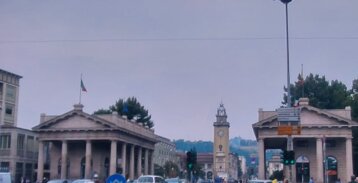
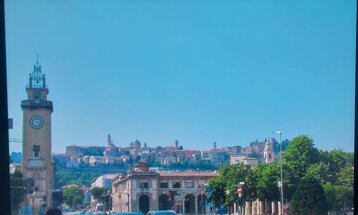
Bergamo
Bergamo
The Neoclassical Propylaea of Porta Nuova
Bergamo
View of the Lower Town
The Gombito Tower in the upper part of the city
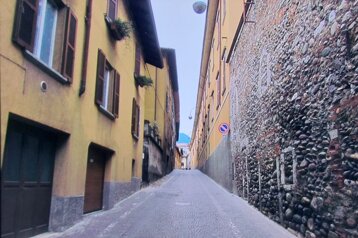

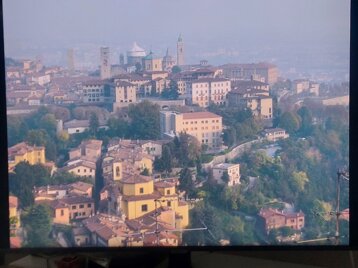
Albino
Sanctuary of the Madonna della Gamba
Albino
Bergamo
Historic center
View of the Upper Town
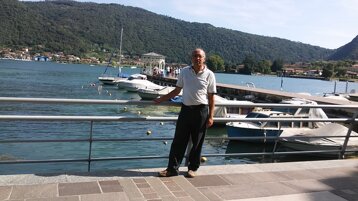

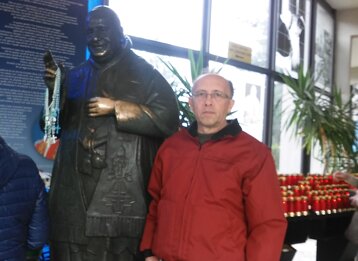
Sarnico
Sotto il Monte
pier on Lake Iseo
Statue of Pope John XXIII
Lake Endine
Lake view near Ranzanico



Chiuduno
Chiuduno
Albano Sant'Alessandro
Historic center
Church of Santa Maria Assunta
View of the village at the foot of Valcalepio
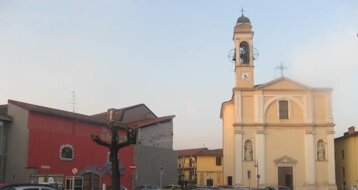


Albano Sant'Alessandro
Albano Sant'Alessandro
Arcene
Parish Church of Saints Cornelius and Cyprian
Sanctuary of Our Lady of the Roses
Church of Saint Michael the Archangel
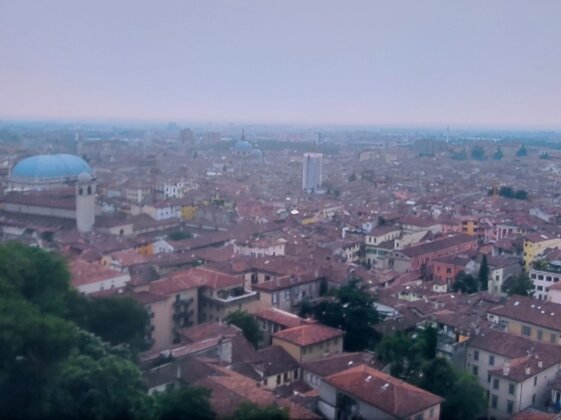
Province of Brescia
Area: 4785.62 km² Municipalities: 205
Brescia: View of the city from the top of the Castle
Brescia: View of the city from the top of the Castle
Travel photos...
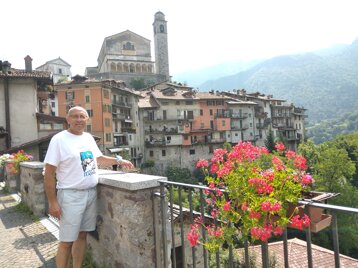

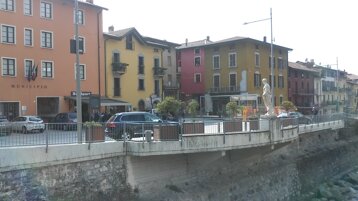
Cividate Camuno
Bagolino
Brescia
Historic village of Val Camonica
View of the village dominated by the Church of San Giorgio
Piazza della Loggia
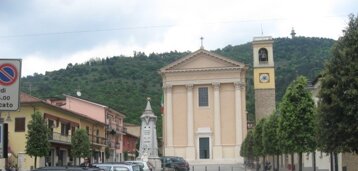
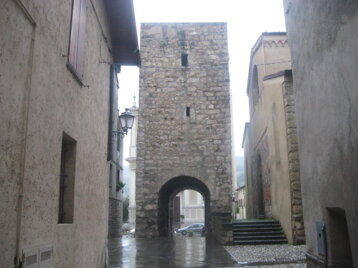
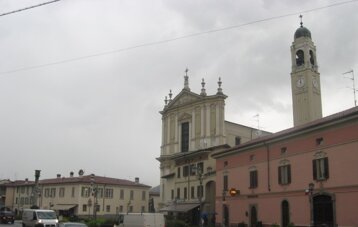
Cologne
Coccaglio
Coccaglio
The Parish Church of Saints Gervasius and Protasius
The Roman Tower, what remains of a 12th-century castle
Parish Church of Santa Maria Nascente


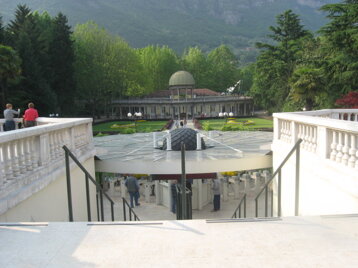
Gambara
Boario Terme
Coccaglio
Historic center
The Thermal Baths with the Pavilion of the Ancient Spring and the Marazzi Dome in the background
Stele to Luca Marenzio, madrigalist musician
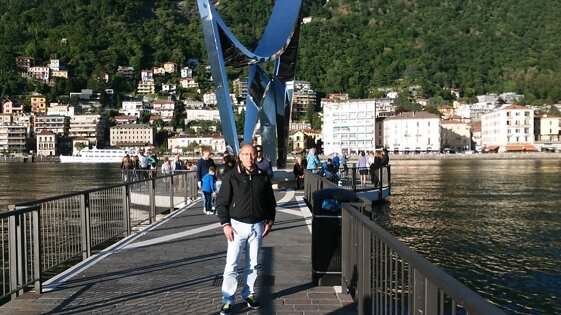
Province of Como
Area: 1279.04 km² Municipalities: 147
Como: Futuristic monument to a physicist "Life Electric"
Como: Futuristic monument to a physicist "Life Electric"
Travel photos...
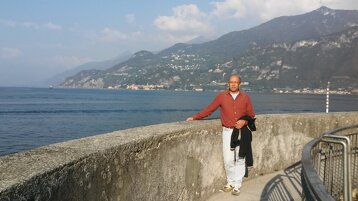
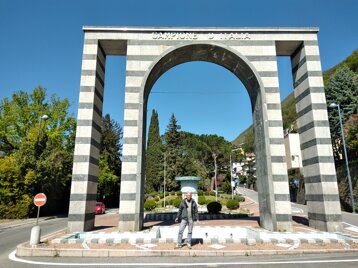
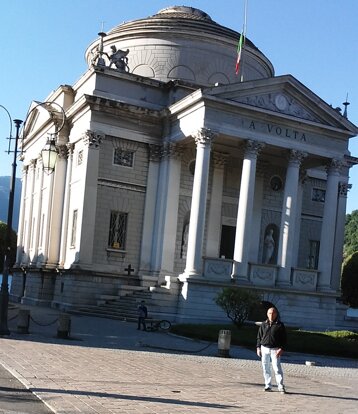
Bellagio
Campione d'Italia
Panoramic viewpoint called "La Punta"
Gateway to the city
Como
Volta Temple
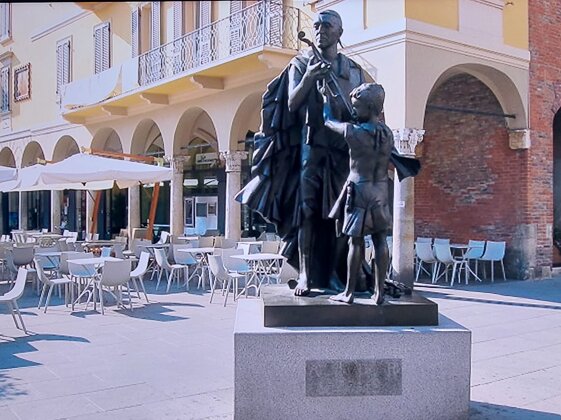
Province of Cremona
Area: 1769.42 km² Municipalities: 113
Cremona: Piazza Antonio Stradivari
Cremona: Antonio Stradivari Square
Travel photos...
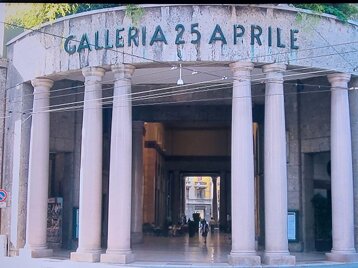

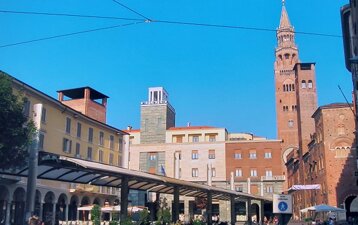
Cremona
Cremona
Nougat Festival
Cremona
Piazza Stradivari: in the background, the bell tower of the Cathedral
25 April Gallery
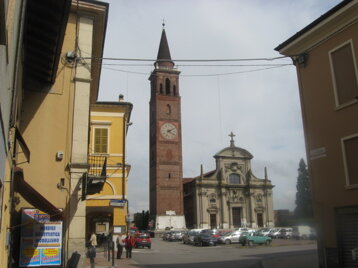
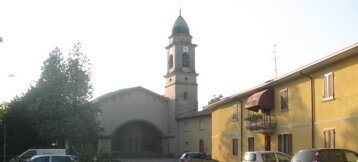

Casalbuttano
Acquanegra Cremonese
Capralba
Church of Saints Cosmas and Damian
Parish Church of Saint George the Martyr
Church of Saint Andrew and Saint Zeno Bishop
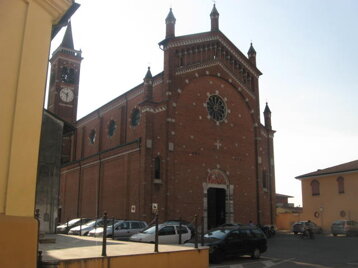
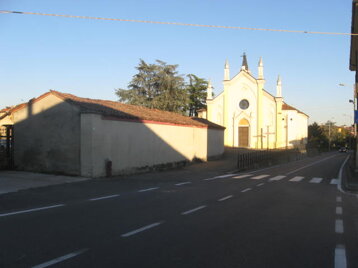
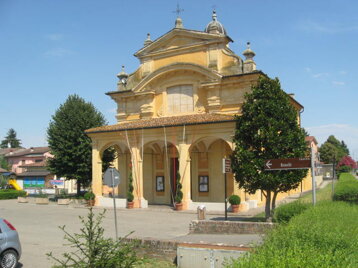
Casaletto Vaprio
Casanova del Mornasco
Pizzighettone
In the background, the Church of Saints Andrew and Peter
Church of San Giorgio
Sanctuary of the Blessed Virgin of Roggione from the 17th century
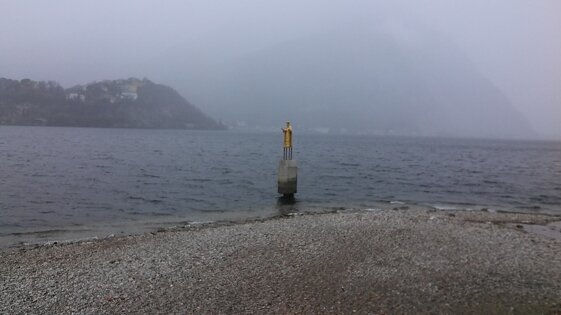
Province of Lecco
Area: 805.39 km² Municipalities: 84
Lecco: statue of Saint Nicholas placed in the lake as a symbolic protection of the city
Lecco: statue of Saint Nicholas placed in the lake as a symbolic protection of the city
Travel photos...
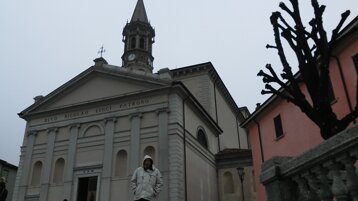
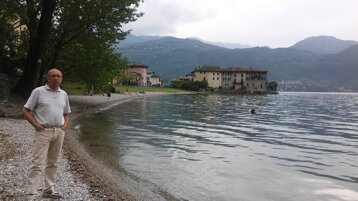
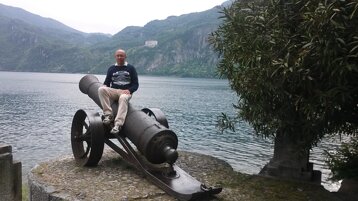
Lecco
Lierna
Mandello del Lario
Lakeside walk near the public gardens
Roman Basilica of San Nicolò; in the background you can glimpse the neo-Gothic bell tower known as "il Matitone"
Pebble beach on Lake Como; in the background the peninsula with the village and the medieval "Castle"
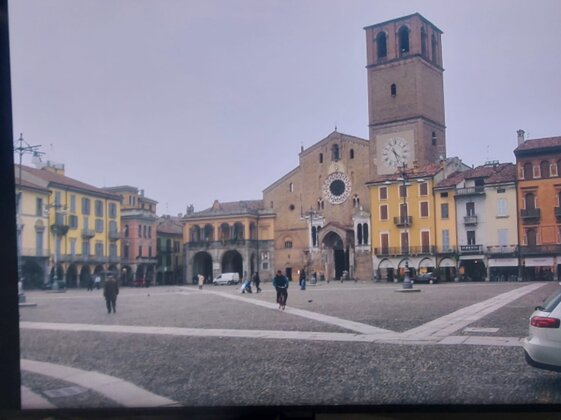
Province of Lodi
Area: 782.32 km² Municipalities: 60
Lodi: historic center
Lodi: historic center
Travel photos...



Ospedaletto Lodigiano
Studies
Lodi
Suburbs
Church of Saint Giulitta
Municipality
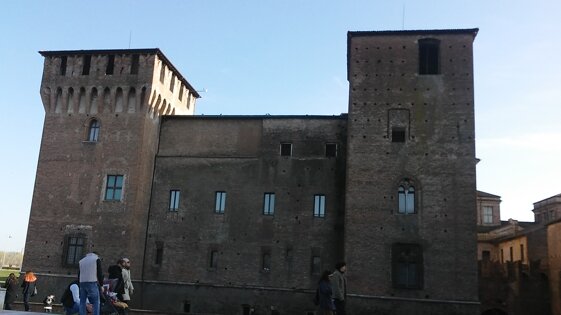
Province of Mantua
Area: 2,341.84 km² Municipalities: 64
Mantua: Castle
Mantua: Castle
Travel photos...

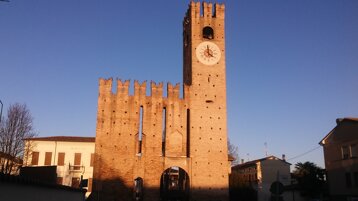

Mantua
Mariana Mantovana
The quadrangular Bell Tower and the Gate Tower
Church of San Barnaba
Scaliger Castle
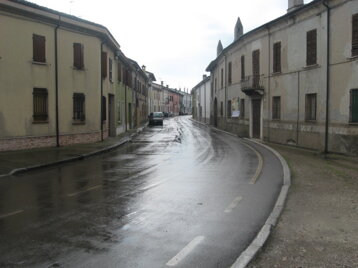
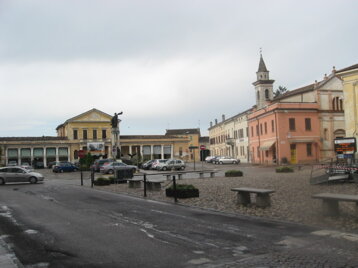
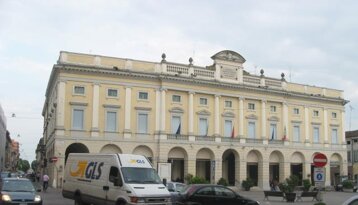
Asola
Bozzolo
Bozzolo
Town Hall
Historic center
Piazza Europa: in the center the Teatro Sociale, on the right the Church of San Francesco


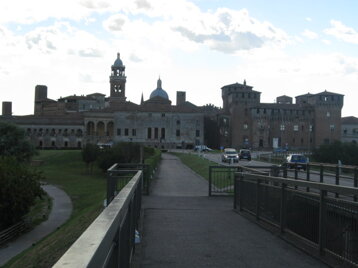
Asola
Mantua
Mantua
Piazza XX Settembre with the Church of Sant'Andrea
Palazzo Bonacolsi Castiglioni
Historic center seen from the San Giorgio Bridge
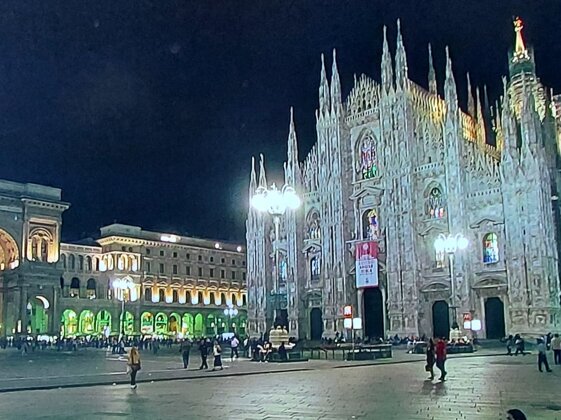
Metropolitan City of Milan
Area: 1,574.45 km² Municipalities: 133
Milan: the Duomo
Milan: the Duomo
Travel photos...
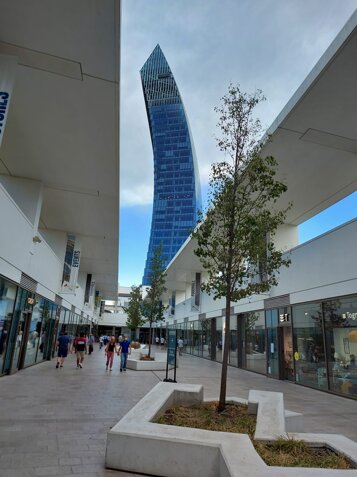
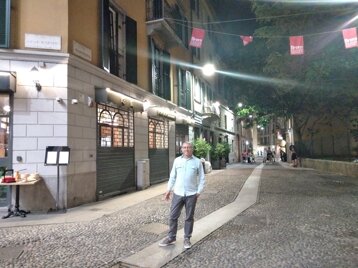
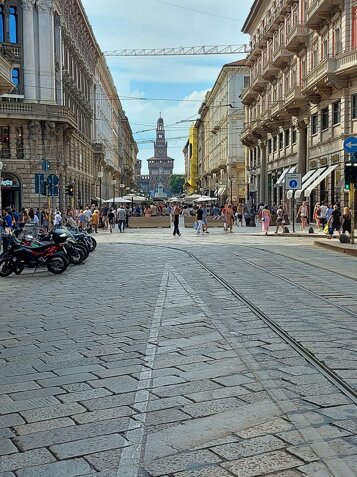
Milan
Brera District
Milan
Milan
CityLife Shopping District
The very central Via Dante, with the Sforza Castle in the background
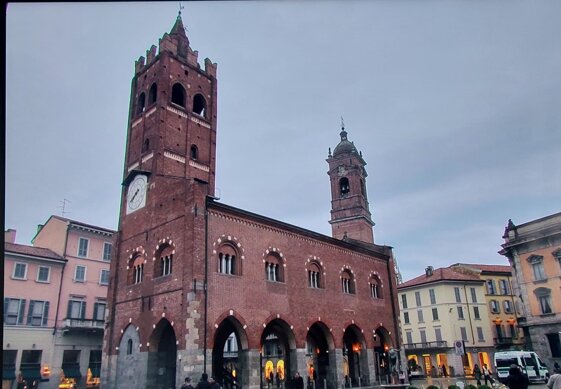
Province of Monza and Brianza
Area: 405.49 km² Municipalities: 55
Monza: The ancient town hall known as the Arengario
Monza: The ancient town hall known as the Arengario
Travel photos...

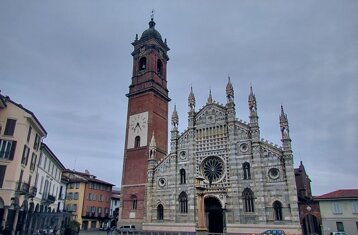

Monza
Monza
Monza
Basilica Minor of Saint John the Baptist commonly called Cathedral
The very central Carlo Alberto street, in the background the Arengario Palace
Racetrack where the Formula One Grand Prix is held in September
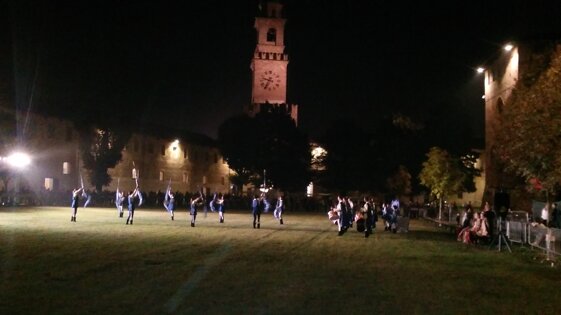
Province of Pavia
Area: 2967.93 km² Municipalities: 185
Vigevano: The Castle Courtyard and the Bramante Tower
Vigevano: The Castle Courtyard and the Bramante Tower
Travel Stories


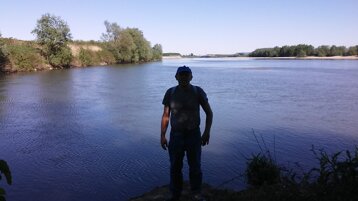
Vigevano
Terdoppio Lomellino
Pavia
I have seen this city transform over the years; in some ways it has improved, in others not. There is a huge free parking lot not far from the center in the area called Fiera; from there, in a few minutes you can reach Piazza Ducale, the city’s living room and the beating heart of Vigevano’s nightlife. This magnificent square was commissioned by Ludovico Sforza known as the Moro, lord of the Duchy of Milan.
It is always pleasant to enjoy an ice cream while strolling under the arcades, gazing now at the Cathedral of St. Ambrose, now at the Bramante Tower. From a staircase in the square you can access the Castle; on October evenings during the festival of Blessed Matteo, the city’s patron, the courtyard of this perfectly preserved fortress comes alive with flag bearers and people in costume. My favorite area is via del Terraggio, a cobbled street that starts from a characteristic mill and winds narrowly between the walls of houses now inhabited only by immigrants. Also very beautiful is the long stretch of the Ticino river lined with small houses surrounded by lush vegetation. The new ring road leading to Milan, while it has decongested city traffic on one hand, on the other it has clearly separated the city from the river, cutting the green lung in two, and ruined delightful little streets like via Morabassa that used to cross it.
This adventure begins in the municipality of Sozzago, in the lower Novara area, where a watercourse called Refreddo originates. Here, in the company of a friend, I walked along the bank of this stream which, for several kilometers, is barely wider than a ditch. For a short stretch, it serves as the border between Piedmont and Lombardy; once it enters the municipality of Cassolnovo, it winds sinuously among cultivated fields and centuries-old farmhouses until it reaches the territory of Gravellona Lomellina, where it changes its name to Terdoppio Lomellino. In its waters, we spotted carp, turtles, crayfish, and coypus; in the surrounding woods, hares, some roe deer, and numerous species of birds. We walked along it, and the bank was almost always level with the stream; only near Dorno were its banks very high and subject to landslides. Except for a few stretches covered by brambles, we followed it with stubborn dedication, overcoming small waterfalls, sluices, railway bridges, the Milan-Genoa highway, and numerous tributaries that often blocked our way. After 62 kilometers of adventures, which I recorded with my phone and will publish below, we finally reached our destination. After passing the town of Zinasco, behind a levee, we see the Terdoppio curve eastward in a desperate attempt to escape its fate; finally, it gives in and is lost in the Po.
Coming from the north, you enter the city by crossing the Ponte della Libertà to arrive at a large square with a statue of the goddess Minerva in the center; around here parking spaces are few and almost all paid. I like walking so I usually leave my car in the Borgo Ticino district. I have played several chess tournaments in this neighborhood, and each time I had lunch at an outdoor osteria where, under a pergola, I enjoyed mixed river fried fish with Alborelle and other small fried fish called Butin in the local dialect... From there, it's just a few steps to the symbol of Pavia: the Ponte Coperto, built in the 14th century by the Visconti family. After crossing the Ticino river, you enter Corso Strada Nuova, the heart of Pavia's nightlife. In the first part of this street, you come across the Cathedral; a few minutes' walk and you pass through the arcades of the University. Pavia is also an important university city, and with a friend who is a natural sciences student, I visited the Botanical Garden; a true paradise for plant enthusiasts. My classic walk ends after about a kilometer in front of the Visconti Castle. Commissioned in 1360 by Galeazzo II Visconti, enriched in the 15th century with important decorations by Francesco Sforza, today it houses the Public Library and various museums full of famous works of art.
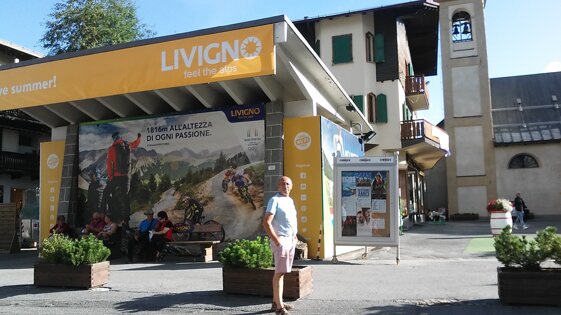
Province of Sondrio
Area: 3194.89 km² Municipalities: 77
Livigno: the shopping area
Livigno: the shopping area
Travel photos...
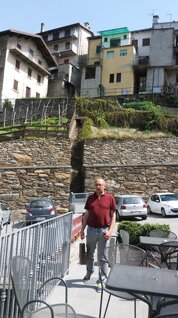
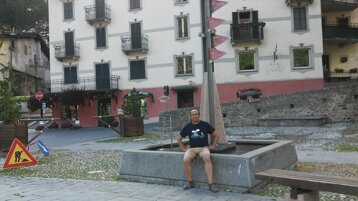
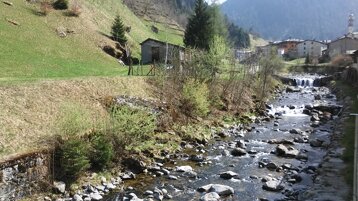
Chiesa in Valmalenco
Gerola Alta
Historic center
The Bitto stream that crosses the village
Bema
A small village in the Orobie Valtellinesi Park

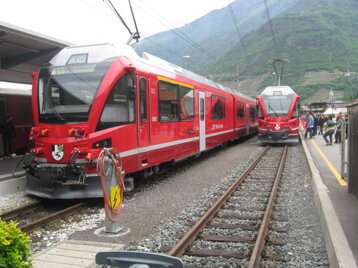
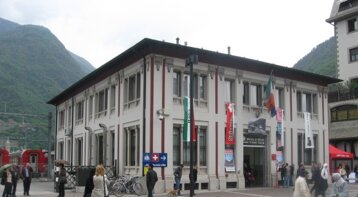
Tirano
Tirano
Tirano
Railway station
Bernina Red Train on the Rhaetian Railway
Customs House building in Art Deco style
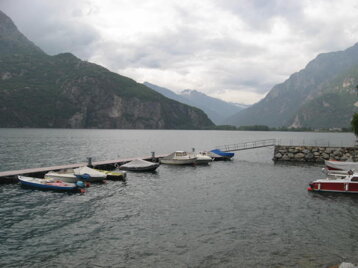
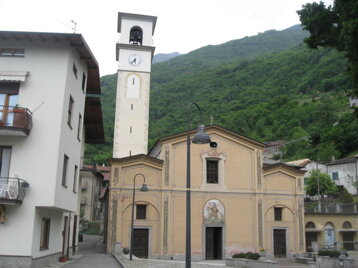

Lake Mezzola
Verceia
Talamona
Small port near Verceia
Parish church of San Fedele built in Romanesque style
Roundabout of Via Roma
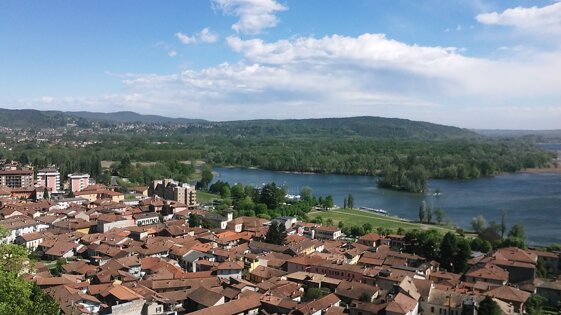
Province of Varese
Area: 1199.25 km² Municipalities: 136
Angera: Panorama of the city and Lake Maggiore
Angera: Panorama of the city and Lake Maggiore
Travel photos...

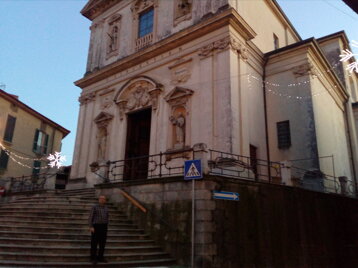
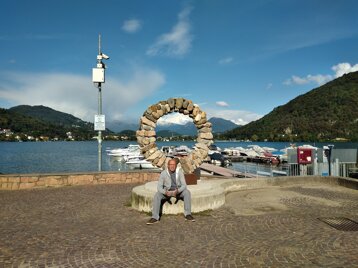
Agra
Caronno Varesino
Lavena Ponte Tresa
Lakeside, 700 meters from the Swiss border
Town Hall and Nursery School
Parish Church of Saint Vincent Martyr
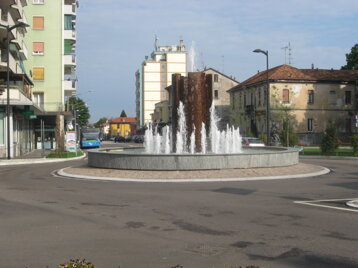


Somma Lombardo
Somma Lombardo
Somma Lombardo
Rotonda Fountain in Largo Sant'Agnese
Collegiate Church of Saint Agnes
Visconti Castle of San Vito



Rocca di Angera
S. Caterina del Sasso
Leggiuno
Interior
Hermitage built on a rocky spur overlooking Lake Maggiore
Christmas lights